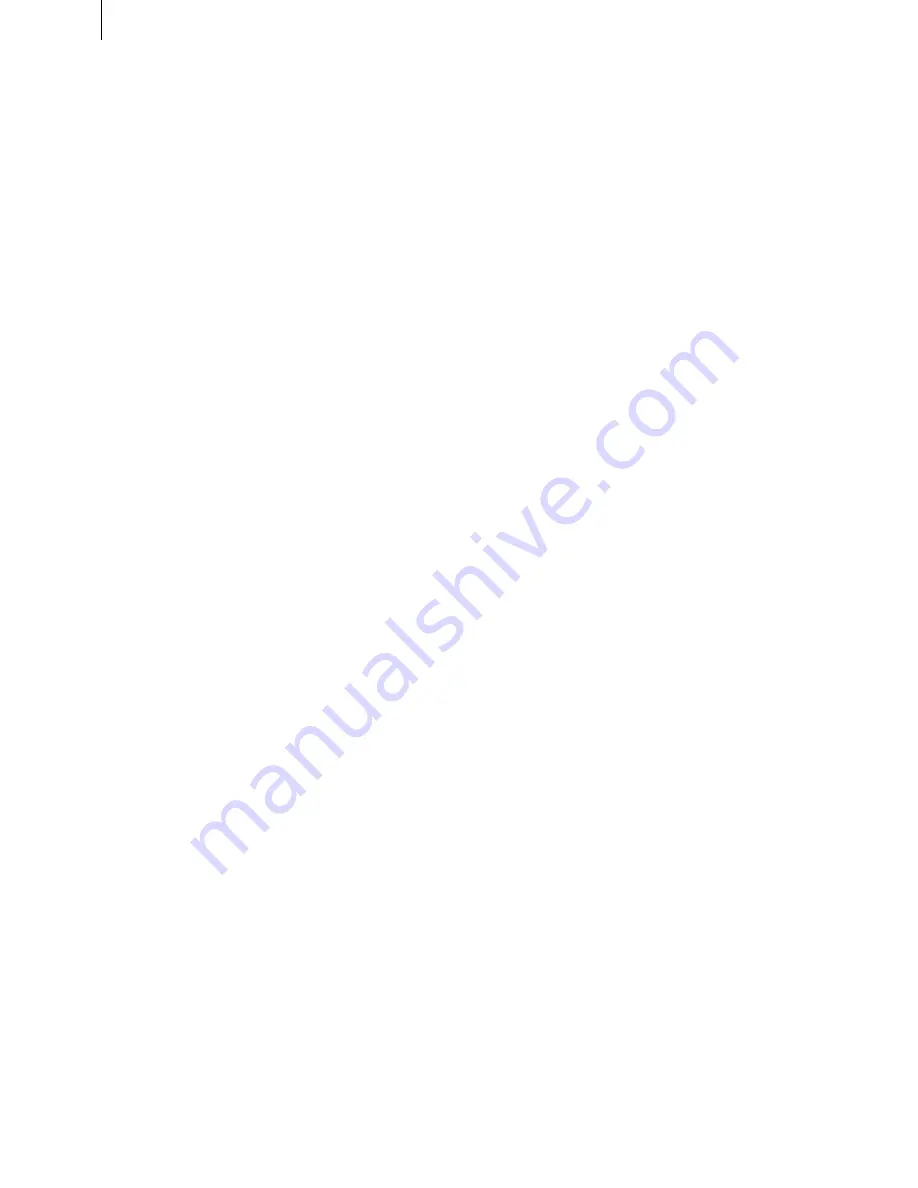
32
33
Play the storyboard from the first scene. You will
see the background scene, then a hard cut to
the insert scene, and then the background scene
again. The audio from the background scene is
heard the entire time.
Now shift the Insert scene forward a little. Click
on the Insert scene in the storyboard and select
"
Range
" (to the right of the "
Insert
" button) so
that you are again in the time-setting menu and
the background scene is visible. Notice that you
once again have two modes to choose from:
"Trim” to shorten the Insert scene, or "Position”
to change its placement in the background scene.
Now click on
Start
and scroll forward (to about 4
seconds). You can now exit the menu.
Now you can begin with the second insert pro-
cedure. Click on the last scene in the storyboard
(last part of the background scene). Then click
in the scene bin on the second scene you wish to
insert and select "
Insert
" so that you are again in
the "
Range
" menu.
The default starting point is again the beginning
of the scene. If you do not Position it, the second
insert would then follow directly after the first.
But this is not what you want. There should be
several seconds of background between the two
inserts. So you now click on "
Position
" then on
"
Start
" and now you move the beginning of the
insert to the right; 3 to 4 seconds is enough time.
Now exit the menu.
Five scenes can now be recognized in the story-
board in the "
Edit
" screen. The two inserts have
divided the background scene into the following
five segments:
1.
the background scene before the first insert
2.
the first insert
3.
the background scene between the first and
second insert
4.
the second insert
5.
and finally the rest of the background scene
after the second insert.
Now you can add the third insert to the remaining
segment at the end of the storyboard. Use the pro-
cedure described above. Click on the last scene in
the storyboard, select the third insert scene in the
scene bin, then click on "
Insert
", and finally shift
the starting point appropriately.
The music video is now practically finished. The
draft version can be played. The background and
the insert segments alternate, and the music is
played in its entirety.
Step 3: Effects and finish
Now some transition effects will be added. This
is done the same as with the normal storyboard
created with "
Add
" (
tutorial 1
). Add some
transition or image processing effects to your
Insert scenes. Lip synchronization is not affected.
Then go to the "
Finish
" screen from the
Main
menu
and click on "
Create
", but only after you
have selected the type of recording out (DV
or analog). This saves you from being asked in
every menu whether you have already calculated
everything. To the left of this button you are
informed whether effects and audio in this menu
have been created or not.
Tips:
We would like to call your attention now to some
specific issues regarding transitions placed on
Insert scenes:
– Transitions reveal a part of background material
that was completely masked by the Insert. This is
used to prevent an immediate "hard" cut to the
next scene. You may want to use an insert clip to
"mask" a distorted (e.g. jittery) video segment.
But if so, consider that the insert clip should have
some extra length if you wish to use transition
effects.
– A transition between two insert scenes is not
possible, because the effects are always a transition
between background and insert.
– The duration of the effect is limited by the
duration of the insert scene.
Now your music video should be finished! It
will probably not be a candidate for "MTV", but
Содержание Prestige
Страница 1: ...Casablanca Prestige User manual ...
Страница 20: ...20 ...
Страница 40: ...40 ...
Страница 88: ......






























